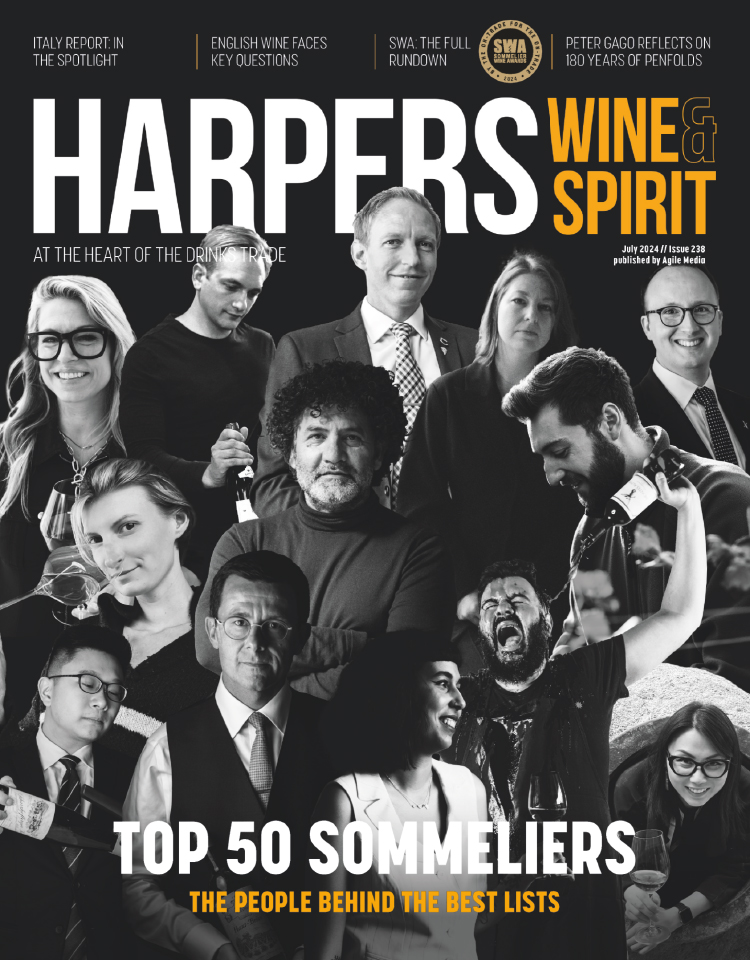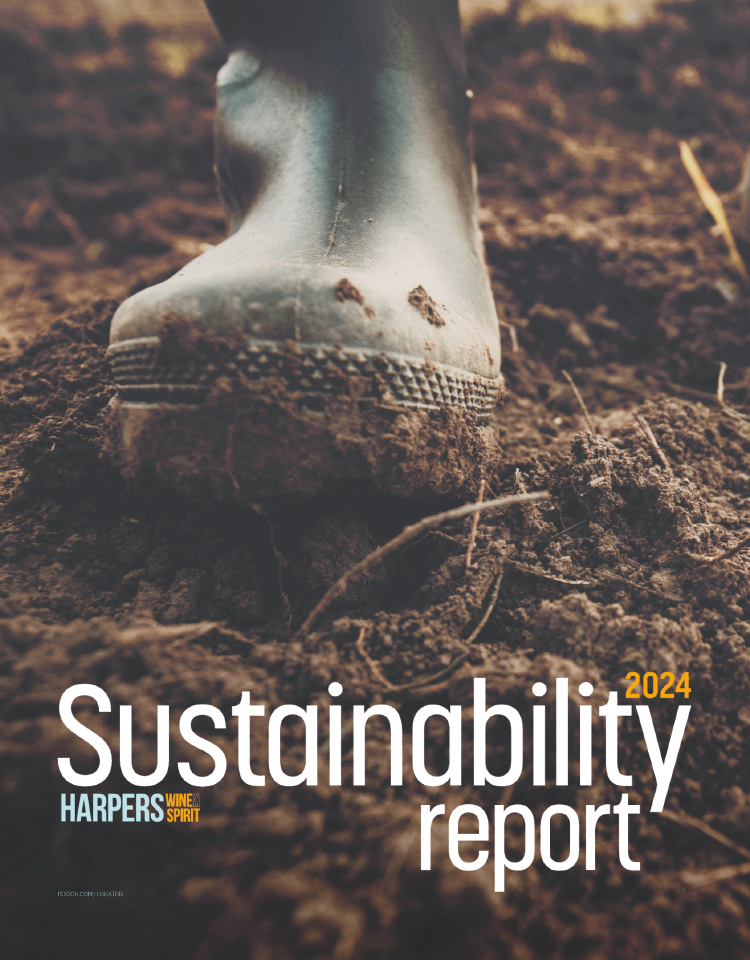
Looking Back, Forging Ahead Q&A: Owen Morgan, 44 Group
Following another turbulent year for the drinks trade, Owen Morgan, director of 44 Group, which includes Cardiff’s seminal Bar 44, reflects on the highs and lows of 2022, plus the hopes and plans for the business in the year ahead.
How has business been for you across 2022 when compared with 2019?
Revenue overall has been similar, but the weekly trade completely different. We have not been able to go back to operating a seven-day a week business in most venues, so trade is squeezed into a five day model, with much more concentrated busy periods, and staffing continues to be a problem.
Profits are being eroded due to the cost of sales rocketing, fixed overheads increasing as well as the cost of labour. The lack of skilled labour in the country also continues to be a problem for us and all operators. The challenges keep increasing.
What, for you, were the specific highs of 2022?
The lack of Government restrictions for a start! Also, people wanting to socialise and share occasions with us, allowing us to do what we do best and give people a great time. The return of events in the city centre arenas and stadium have seen a big uplift in trade for us again.
The ‘buying up’ trend has spilled over from Covid too, with guests now being more adventurous with wine and food choices and asking more questions about provenance etc. This is a big plus.
And the lows?
The perfect storm of the staffing crisis, cost of sales skyrocketing and having to constantly balance what we can possibly absorb and what we have to pass on. The continual lack of understanding from the government and an unwillingness to help is also a big deflator.
The energy crisis is also crippling us. The living wage being set for almost 10% increase further hinders things. The domino effect further up the ladder of employees means huge labour cost increases as a company. Operators will have to decide whether to operate at a loss or employ less people. We’re having to mothball/postpone new business plans due to costs, energy crisis and uncertainty.
More specifically, how has the cost-of-living crisis impacted and what as a business have you done to help mitigate the effects for you and your customers?
We are forecasting the biggest impact to be from January 2023. There will be a big downturn in ‘bums on seats’ and spend per head, too.
Coupled with the hikes in ingredient costs, 400% rise in gas and electricity and drinks increases, we are weighing up shutting on more days of the week, holding a lot less stock therefore reducing wine lists again and implementing shorter food menus, as well as less slow cooked items which use cheaper cuts, but then become incredibly expensive to cook using gas or electricity.
We are looking at supplier support with certain food and wine promotions so that people can get a great quality and great price deal for a glass of wine and a paired dish.
Utilising different ingredients and having more daily set menus at affordable prices is constantly being looked at.
How much of a concern is the proposed change to the duty regime?
Quite a concern! Unnecessary for a start, and makes life more complicated for each part of the supply chain. The end consumer undoubtedly loses out.
The bizarre fortified duty proposal is also like a cheap shot to a category that already has its issues, making it more prohibitive to buy and people to give it a go, as cost will go up for all fortified wines.
How can 27 tax bands on alcohol be a good thing? The red tape alone for businesses will add hundreds of millions in cost. Higher prices for the consumer, before you add in cost increases in production, glass, transport, etc.
In terms of the product itself and drinking occasions, which current trends in the drinks world would you predict to continue to grow and why?
I think, or would like to think, that people will continue to experiment with their wine choices at home via the now easy-to-access array of small production and exciting projects across the internet. An inquisitive mind to try things outside of the narrowing ranges of supermarkets, hopefully, will keep growing.
It looks like lighter fresher reds will continue to grow in popularity. I’d like to see more aged or richer styles of whites gain in popularity again, too.
With the cost of glass set to become an even bigger issue, will alternative packaging in the wine sector have another go at breaking through, or keg/tap wines?
As a business, what goals have you set for 2023 and how do you expect to achieve them?
As a business we would normally have big goals for the year ahead. We are ambitious. But this year, more than any other, they have to be tempered.
You may see a battle for survival be the main goal of most. For hospitality, it will be interesting to see who makes it through the winter at all, then you go straight into more cost of sales and labour increases after that, making it excruciatingly difficult to break even. This will be when any energy support will cease, too. We will be looking at streamlining many aspects of the business.
But who knows, some of our plans may miraculously come off. We’ll keep them close to our chest for now and let you know!
More generally, in terms of business, how do you predict the drinks landscape will look this time next year?
I think more importers and wholesalers may have merged, sold, folded or will be fighting to stay afloat. It depends where the consumer demand stops or price level becomes unsustainable.
Quick fire questions:
Champagne or English sparkling?
English sparkling
Cocktail or straight spirit?
Cocktail
Riesling or Chardonnay?
Riesling, but depends!
Pinot Noir or Bordeaux-style blend?
Pinot Noir
Michelin starred or relaxed bistro?
Tough one, horses for courses. How about starred food in a relaxed bistro?
Desert island tipple?
Fino en Rama







